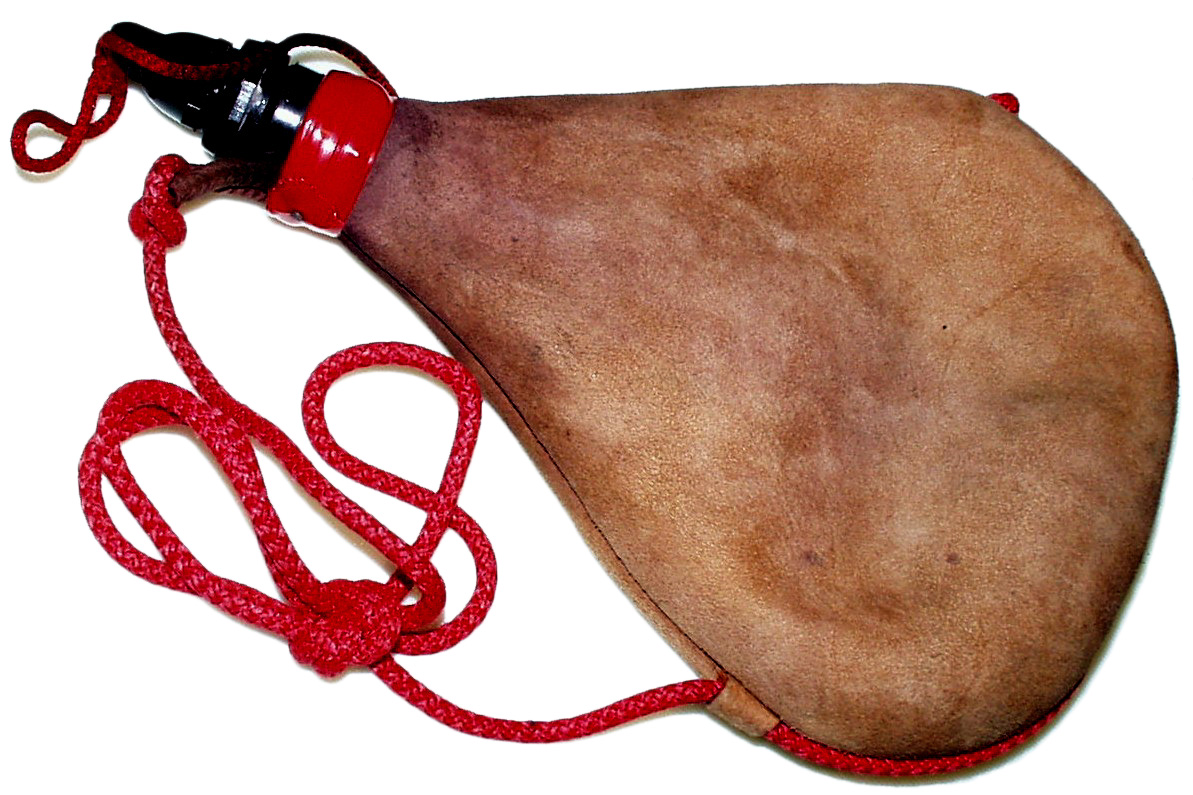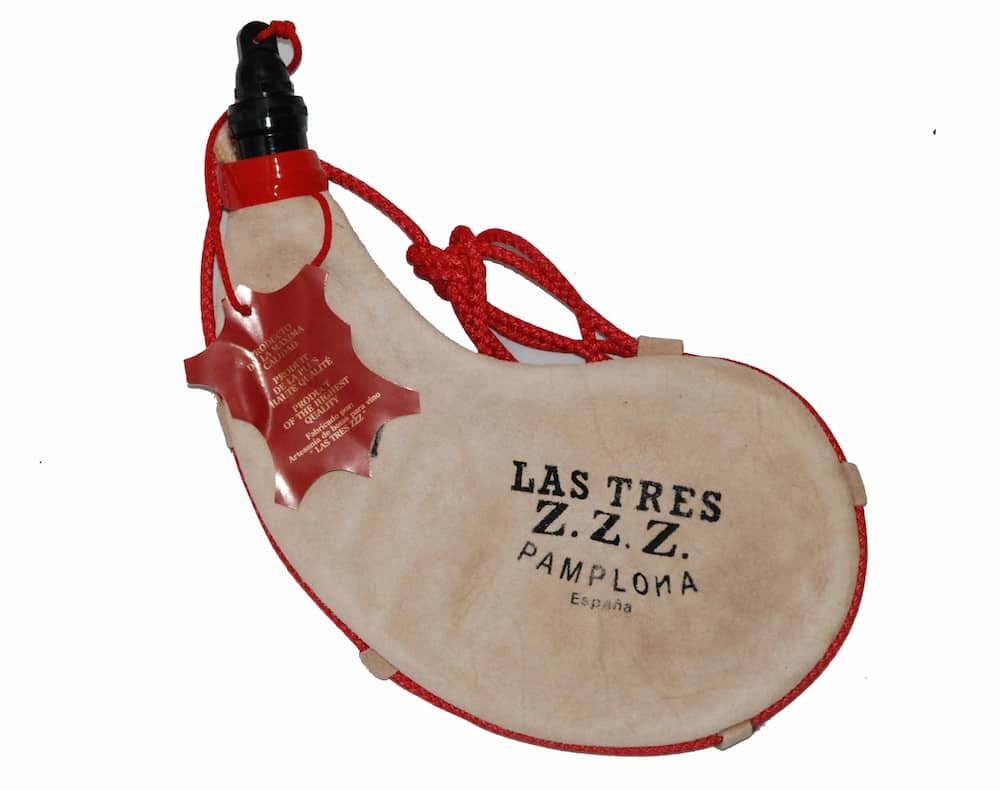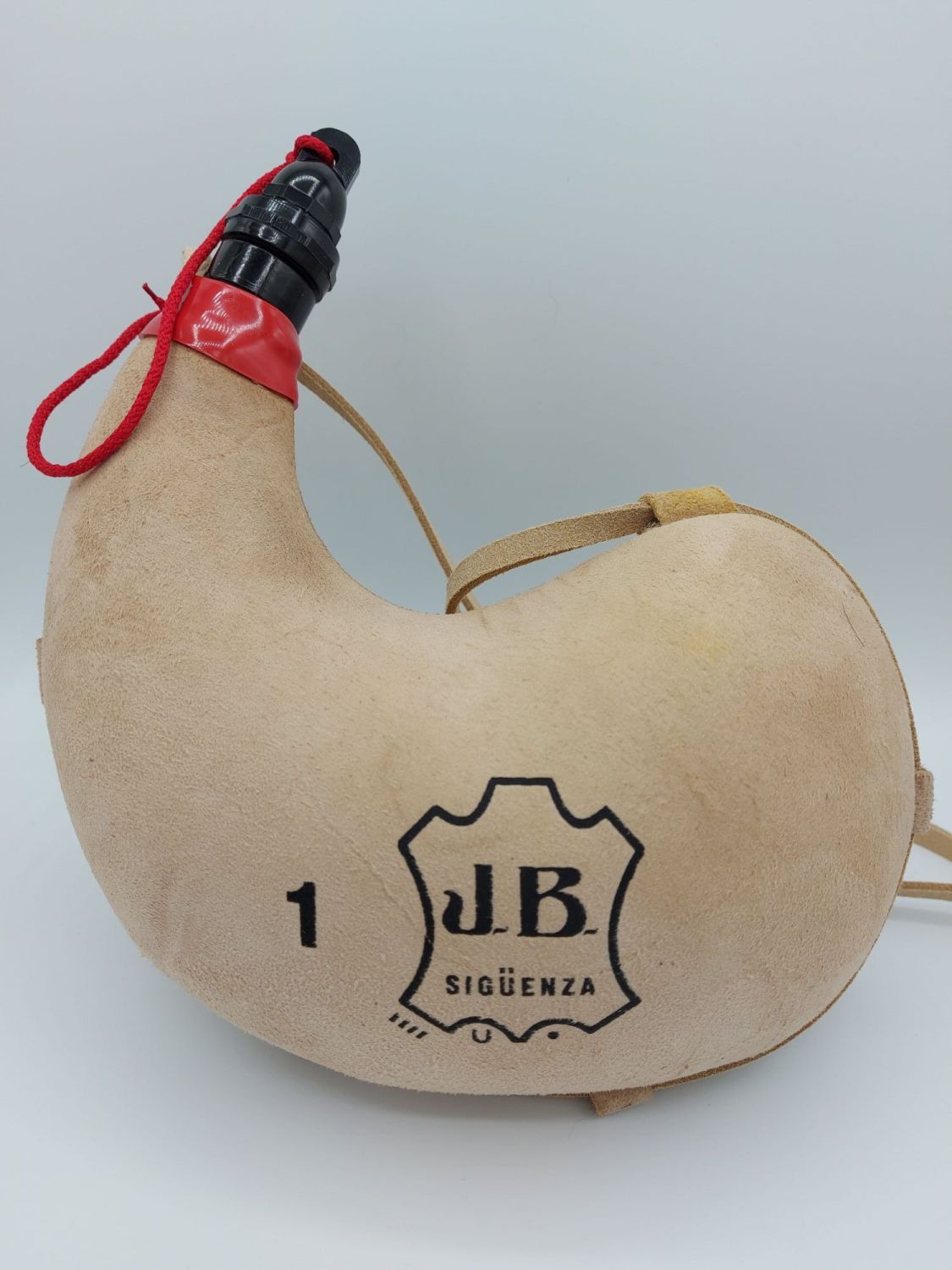

Though caganers began depicting a young boy in period clothing, the figures have evolved to include famous people like Pope Francis and Vladimir Putin. The gift of a pooper is meant to symbolize good fortune for the year ahead, and it’s relatively unknown to the United States and some of Europe, making it a truly unique gift option. This is a time-honored staple of nativity scenes in Catalonia that depicts a figure with its pants down. One of the most unique Catalonian Christmas traditions is the caganer or Christmas pooper. Such legends as Paco de Lucía, Cat Stevens, and Bob Dylan have purchased guitars from Felipe Conde.

Though flamenco guitars are on the pricey side, they’re a lifelong investment and a piece of music history that will also forever remind you of your special trip. The Conde family are master guitar craftsmen who have been creating instruments for over a century in Spain. Here are 10 things you can only buy in Spain. From uniquely colored wine to vessels to drink it from, and guitars that have been specially handcrafted for the last 100 years, Spain offers numerous opportunities for one-of-a-kind gifts and mementos to remember your visit. Visitors often visit the different destinations in Spain to experience the ancient historic sites, stunning architecture, and beautiful beaches, but Spain also has some of the most distinctive souvenirs. The exact variety varies with the season.Spain is a vibrant country that includes many of the top travel destinations in the world. The plant you will receive is growing in a 2" pot. Lithops do well if they receive about 4 or 5 hours of direct (or only slightly filtered) sunlight during the early part of the day, and partial shade during the afternoon. The plants are small and keep a low profile to minimize the effect of the intense heat and light of their climate. The leaves are thick to store enough water for the plants to survive for months without rain. The structure of the plant reveals to the imagination the harsh environment in which Lithops live: the scarcity of water demands that young plants limited to only two leaves and a root system, as more extravagant growth would only serve to waste water. There is no stem as such, but rather the taproot joins abruptly at the base of the leaves.

The fissure or slit at the top of the plant is the division of the two leaves. The "body" of the plant is divided into two succulent leaves fused together in the shape of an inverted cone. In fact, almost the entire plant is devoted to this function. Lithops could not survive in many areas that they are found were it not for their capacity to store water. In an extreme situation of low rainfall, at least one species of Lithops depends on mist or fog to provide its main source of moisture. Several areas in which these plants grow receive less than 2 inches of rainfall per month throughout the entire year. In the wild, Lithops inhabit vast dry regions of southern Africa. Even experts in the field sometimes have difficulty locating plants for study because of this unusual deceptive camouflage. Grazing animals which would otherwise eat them during periods of drought to obtain moisture usually overlook them. The plants blend in among the stones as a means of protection.

Lithops, (commonly called "flowering stones" or "living stones") are true mimicry plants: their shape, size and color causes them to resemble small stones in their natural surroundings.


 0 kommentar(er)
0 kommentar(er)
